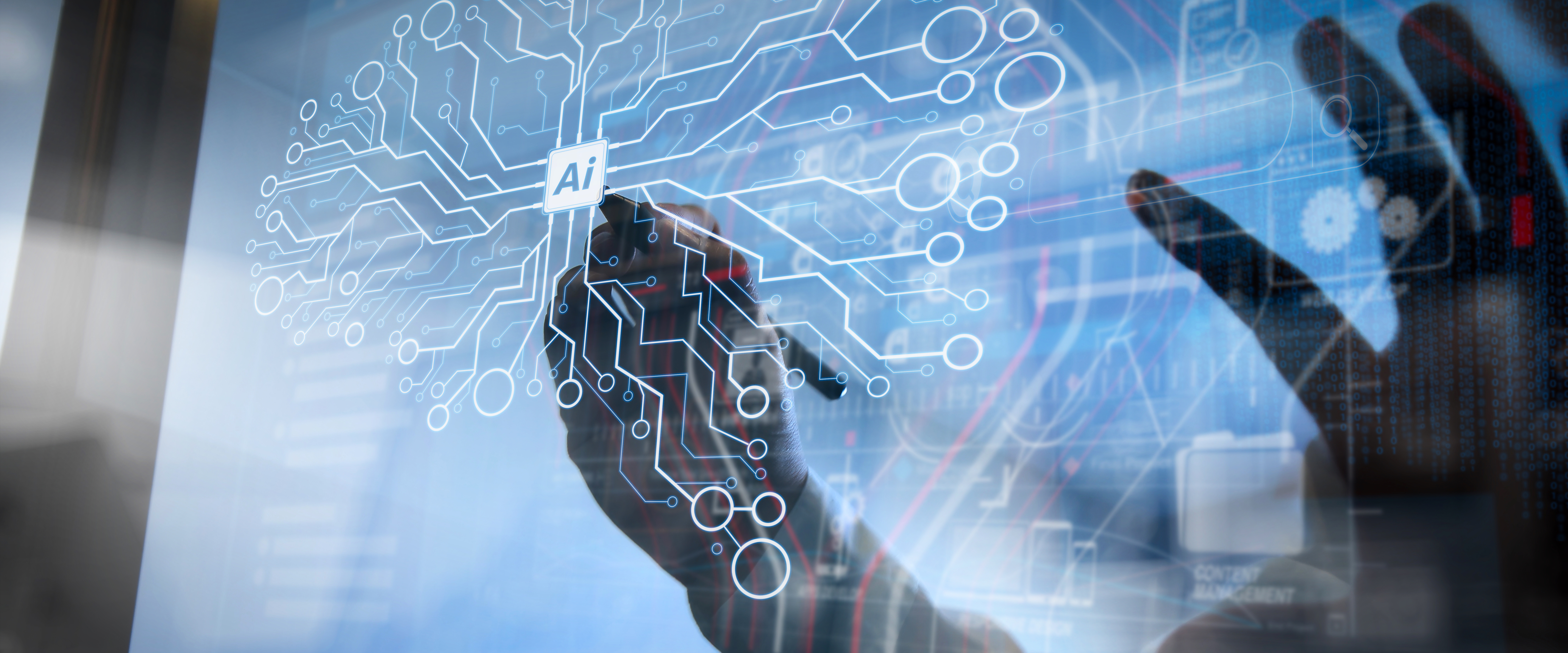2. Harnessing Collective Intelligence: The Role of AI in Health Insurance Distribution
 Brendan McLoughlin
·
2 minute read
Brendan McLoughlin
·
2 minute read
 Brendan McLoughlin, President of e123, is participating in an executive education course at the Massachusetts Institute of Technology on Artificial Intelligence (AI) and its implications for business strategy. This is the second in a series of blog posts where he shares the insights he is gaining and how they apply to health insurance distribution.
Brendan McLoughlin, President of e123, is participating in an executive education course at the Massachusetts Institute of Technology on Artificial Intelligence (AI) and its implications for business strategy. This is the second in a series of blog posts where he shares the insights he is gaining and how they apply to health insurance distribution.
 Artificial intelligence (AI) has sparked both excitement and concern, especially in industries like health insurance distribution, where its potential impact on jobs and costs is heavily scrutinized. However, it's essential to reframe the conversation and understand that the goal of AI in organizations isn't about replacing humans but enhancing collective intelligence. Collective intelligence refers to groups of individuals working together more intelligently than they could individually.
Artificial intelligence (AI) has sparked both excitement and concern, especially in industries like health insurance distribution, where its potential impact on jobs and costs is heavily scrutinized. However, it's essential to reframe the conversation and understand that the goal of AI in organizations isn't about replacing humans but enhancing collective intelligence. Collective intelligence refers to groups of individuals working together more intelligently than they could individually.
In essence, AI should focus on building smarter organizations rather than simply smarter machines.
Consider technology like Google search and Wikipedia; they've already demonstrated the power of collective intelligence by enabling people to access vast amounts of information, make informed decisions, and learn collaboratively. AI has the potential to amplify this capability exponentially. In the realm of insurance distribution, collective intelligence can revolutionize how policyholders are matched with the right products by quickly assessing their needs to recommend the optimal benefits and even predicting their experience based on historical data. By connecting all stakeholders in the value chain – from carriers and marketing organizations to regulatory bodies and members – AI can facilitate more intelligent decision-making.
The crucial question then becomes: How do we connect people and computers to harness collective intelligence effectively?
There are two primary approaches: connecting people to each other in novel ways to enhance collaboration, and connecting people to computers equipped with advanced AI capabilities. In essence, the most impactful application of AI isn't AI alone, but rather its integration with human expertise to create synergistic collective intelligence.
In practice, AI should empower people, not replace them, by connecting people to data and decisions they could not easily access on their own. While AI might lead to shifts in job roles and responsibilities, its primary aim isn't to render humans redundant. Instead, it aims to automate routine tasks, freeing up time for individuals to focus on more complex and creative endeavors. Moreover, AI has the potential to create entirely new job opportunities that we can't yet imagine. For example, employees that are currently tasked with manually reconciling commission payments could instead leverage AI-driven insights to micro-adjust commission plans for specific products, regions or even individual agents, lowering acquisition costs and increasing revenue. That is collective intelligence in action.
When applied to insurance distribution, AI-driven collective intelligence holds immense promise. By leveraging AI to connect stakeholders and empower data-driven decision-making, organizations can make more impactful, faster decisions that drive innovation and reduce costs. By thinking about AI as a tool for growth, rather than simply a replacement for human labor, we as an industry can realize long sought-after outcomes such as increasing customer LTV, lowering CAC, reducing compliance issues, expanding distribution footprints and ultimately driving incremental revenue. And the companies that harness the power of AI in their operations first will be creating a measurable, sustainable advantage over the competition.
In conclusion, the objective of AI in insurance distribution should not be solely about cutting costs or eliminating jobs, but rather about empowering collective intelligence to drive organizational goals, ultimately lowering costs and increasing revenue. By fostering collaboration between humans and machines, we can unlock the full potential of AI and usher in a new era of innovation and growth in the health insurance industry.
Want to learn more about the future of AI in insurance distribution? Get in touch here. For other posts in this series, click below:



